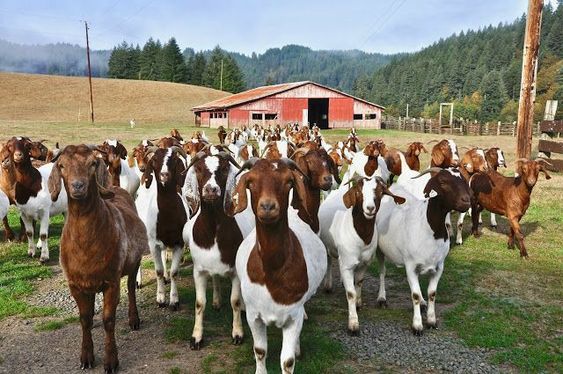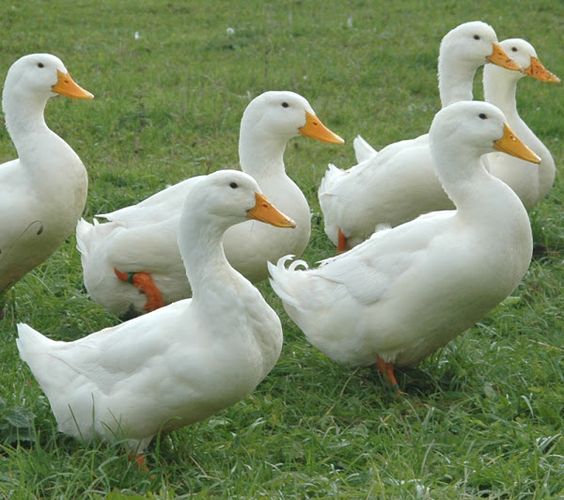Poultry Market Analysis: A Cackling Good Investment
Poultry Market Analysis clucks along as a global giant in the meat industry. Driven by factors like affordability, health consciousness, and a growing population, the sector is projected for steady growth in the coming years. This analysis delves into the key drivers, trends, challenges, and opportunities shaping the landscape of the poultry market.
Market Size and Growth:
The global poultry market is a behemoth, valued at an estimated USD 361.89 billion in 2024 [1]. Analysts predict a continued rise, reaching USD 386.76 billion by 2029, with a Compound Annual Growth Rate (CAGR) of 1.34% [1]. This growth, while seemingly modest, indicates the market’s stability and resilience.
Key Drivers Poultry Market Analysis:
-
Rising Demand for Protein: As the global population increases, the demand for protein sources like poultry is expected to climb. Poultry offers a readily available, affordable, and nutritious protein option compared to other meats.
-
Urbanization and Disposable Income: The increasing trend of urbanization, particularly in developing countries, fuels the demand for convenient and affordable protein sources like chicken. Rising disposable incomes also allow consumers to indulge in more diverse poultry products.
-
Health Benefits: Chicken and turkey are perceived as healthier options compared to red meat due to their lower fat content. This perception, coupled with a growing focus on health and wellness, is propelling the poultry market.
-
Price Fluctuations in Other Meats: When prices of red meat like pork and beef surge, consumers often shift towards more affordable options like poultry, leading to increased demand.
Market Segmentation Poultry Market Analysis:
Poultry Market Analysis can be segmented based on:
-
Bird Type: Chicken, turkey, duck, goose, etc. Chicken dominates the market share due to its affordability and versatility.
-
Product Form: Whole birds, cuts (breast, wings, drumsticks), processed poultry (sausages, nuggets), and value-added products (marinated, pre-cooked).
-
Distribution Channel: Supermarkets, hypermarkets, convenience stores, wet markets, and online retailers.
-
Production System: Conventional, organic, and free-range. Consumers are increasingly opting for poultry raised with ethical and sustainable practices.
Trends Shaping the Market:
-
Evolving Consumer Preferences: Consumers are demanding more convenient, ready-to-cook, and value-added poultry products. The rising popularity of ethnic cuisines is also driving the demand for different poultry cuts and flavors.
-
Focus on Animal Welfare: Concerns about animal welfare are prompting a shift towards ethically-raised poultry. Organic and free-range options are gaining traction, particularly in developed markets.
-
Technological Advancements: Technological advancements are improving poultry breeding, feed efficiency, and disease control. Automation is also playing a role in processing and packaging, leading to increased efficiency and cost reduction.
-
Sustainability Concerns: The poultry industry is facing pressure to adopt sustainable practices. This includes reducing environmental impact, minimizing waste, and ensuring responsible sourcing of feed.
Challenges and Risks Poultry Market Analysis:
-
Disease Outbreaks: Avian influenza and other poultry diseases can disrupt supply chains, cause production losses, and lead to price fluctuations.
-
Feed Price Volatility: The cost of feed is a major factor in poultry production. Fluctuations in feed prices can significantly impact profit margins for farmers.
-
Trade Regulations: International trade policies and regulations can impact the import and export of poultry products, creating uncertainties for producers and consumers.
Opportunities Poultry Market Analysis:
-
Emerging Markets: Developing countries with growing populations and rising disposable incomes present significant opportunities for the poultry market.
-
Product Innovation: Developing innovative, convenient, and value-added poultry products can attract new consumers and expand market share.
-
E-commerce Growth: The growing popularity of online grocery shopping offers opportunities for direct-to-consumer sales and targeted marketing within the poultry industry.
-
Focus on Sustainability: By adopting sustainable practices, poultry producers can cater to environmentally conscious consumers and potentially gain a competitive edge.
Specific Poultry Market Analysis:
As an example, here’s a glimpse into the Indonesian poultry market:
- Chicken is the dominant poultry type, driven by its affordability and cultural significance.
- The market experiences seasonal fluctuations, with demand dipping during specific religious holidays.
- Local wet markets remain a crucial distribution channel alongside modern supermarkets.
- Biosecurity and disease prevention are critical concerns for Indonesian poultry producers.
Conclusion Poultry Market Analysis:
The Poultry Market Analysis offers a stable and promising investment opportunity for businesses of all sizes. By understanding the key drivers, trends, challenges, and opportunities, stakeholders can effectively navigate this dynamic market and contribute to its continued growth. With a focus on innovation, sustainability, and catering to evolving consumer preferences, the poultry industry can remain a clucking good source of protein for years to come.






